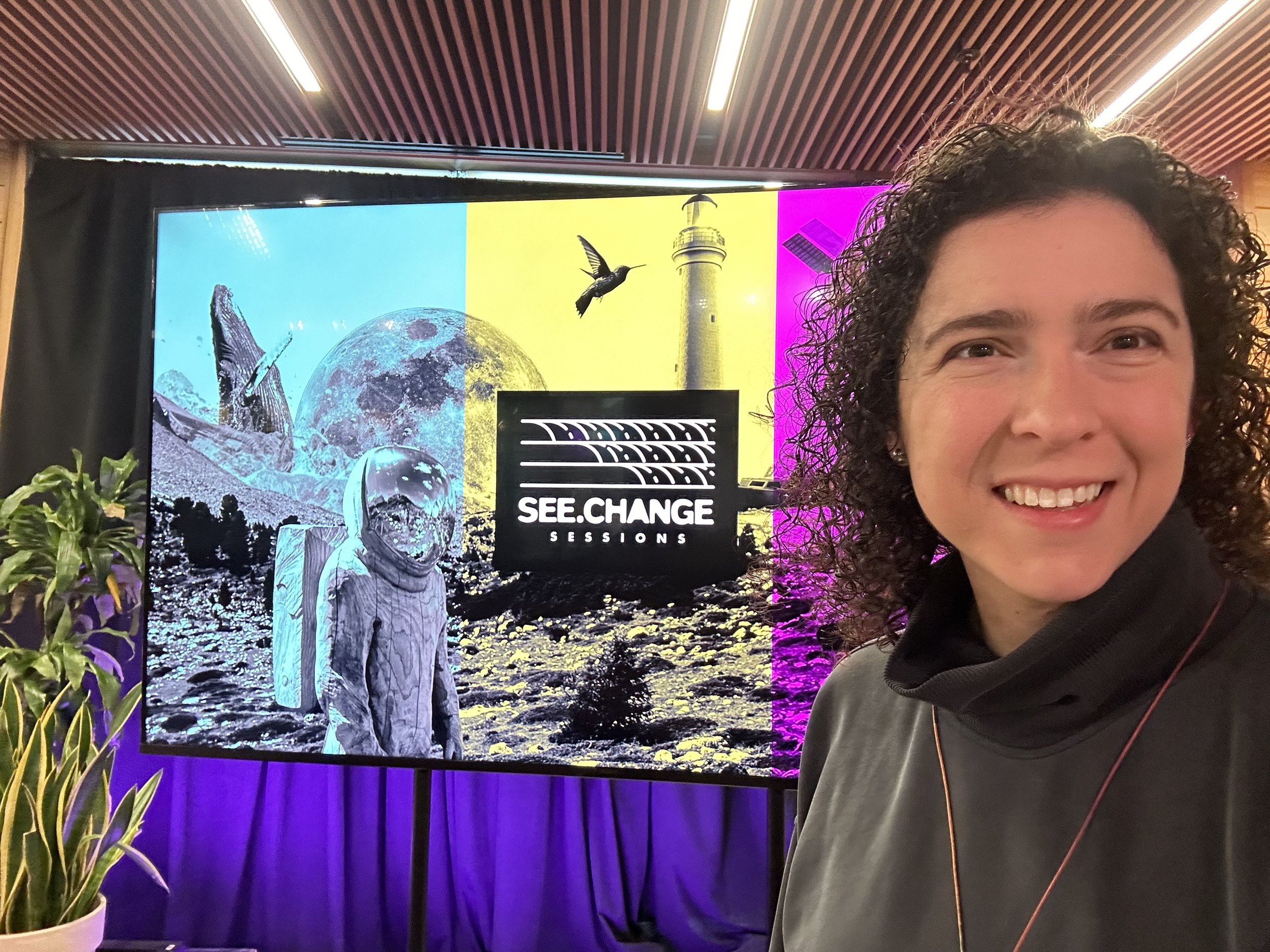populations share more in common than they differ: both are experiencing change in population gradients as communities seek access to nature, quality living conditions, and job opportunities. Environments must be more pragmatic in the design concepts to be responsive and adapt alongside these communities. These spaces also do not exist in siloes, but rather these built environment visionaries must consider the adjacent businesses, community centers, and local economic drivers which enable a holistic system of change and responsible development.

